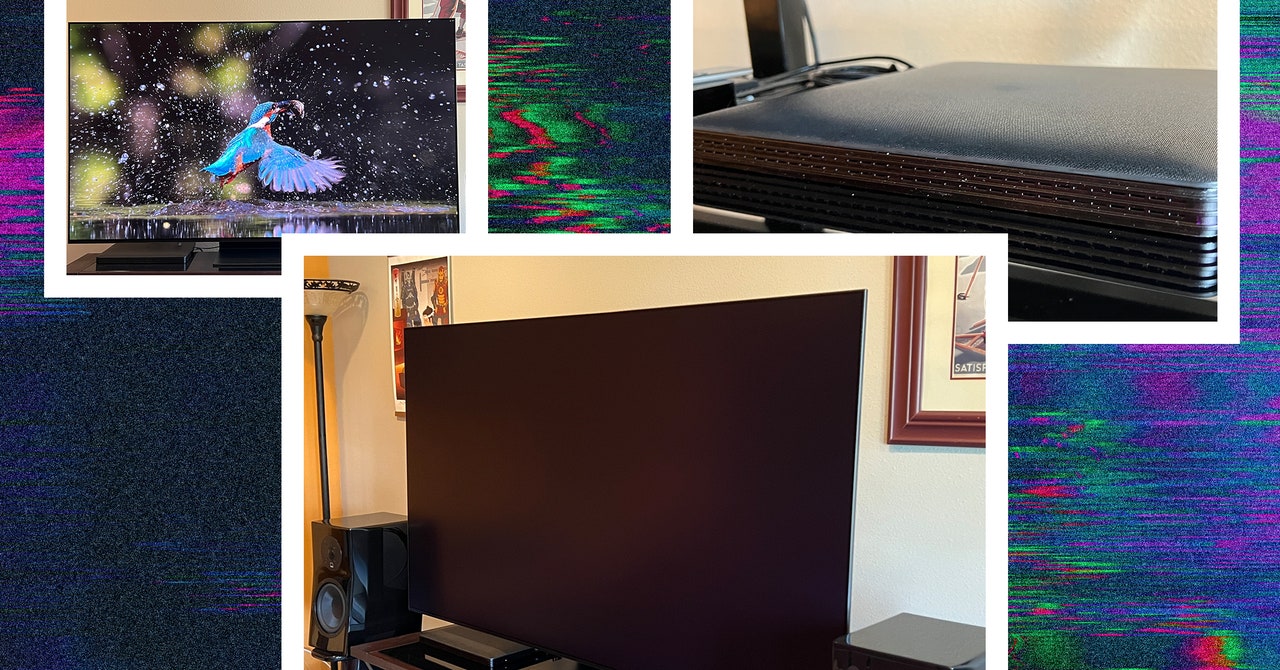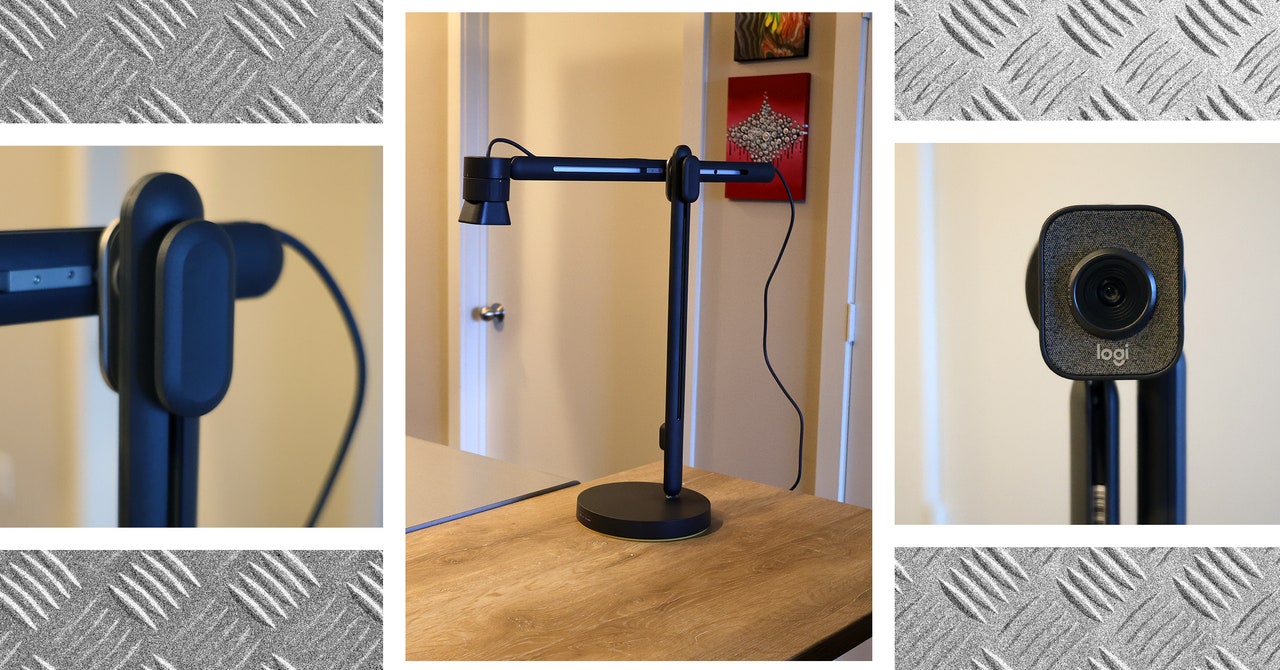
Possibly that’s why Samsung’s obstinate Tizen interface feels so vexing? The system is straightforward sufficient to arrange on the TV itself (it crashes each time I’ve tried to make use of the cellular setup choice). It’s aesthetically pleasing and makes connecting and labeling gadgets a breeze. But its scattered structure could make some options really feel inordinately tough.
Including the Peacock app, as an example, was twice as exhausting accurately. It’s not featured within the app retailer and didn’t register in search till I typed it out fully. As soon as I discovered it, as with all new apps, I needed to manually add it to the house display or it lay hidden within the “Put in” window like a second-class citizen.
The primary settings bar is equally unintuitive, with numerous image settings randomly interspersed between different settings. You’ll be able to rearrange issues, nevertheless it’s often easier to simply click on All Settings to entry the legacy setup window. I additionally skilled a couple of odd Tizen quirks over every week or so of testing, like apps freezing and even some audio dropouts. Unplugging and replugging the TV appeared to make things better other than a couple of minor video-loading points.
Credit score the place it’s due, Tizen is full of extras, from its swath of well being and health apps to separate display options. There’s even a helpful Sport Hub with built-in cloud gaming from apps like Xbox Cloud Gaming, NVidia GeForce now, and Amazon Luna. Like most opponents, there’s additionally a devoted gaming bar for on-the-fly changes.
A (Largely) Loaded Bundle
Samsung’s Gaming Hub enhances the S95D’s stout assortment of gaming options, together with VRR (Variable Refresh Charge) and Freesync Professional for buttery high-frame-rate gaming, and ALLM (Auto Low Latency Mode) for quick enter response. All 4 HDMI 2.1 inputs assist excessive refresh charges at as much as 144 Hz to match high-frame-rate gaming from PCs, and there are a slew of game-oriented image modes, making it straightforward to lock in a stunning image.
The TV’s 4.2.2-channel audio system supplies surprisingly solid sound. There’s some reasonable punch within the decrease midrange and incredible overhead enlargement (particularly for a TV this skinny), taking pictures Dolby Atmos results overhead and facet to facet. Including a more recent Samsung soundbar with Q-Symphony permits you to make the most of each gadgets in live performance.
Different options embrace choices like Amazon Alexa or Samsung Bixby voice management, Apple AirPlay streaming, and assist for HDR10, HDR10+, and HLG (Hybrid Log Gamma) HDR codecs.
What you don’t get right here is Dolby Imaginative and prescient HDR or, bizarrely for a corporation that makes Android telephones, Chromecast streaming assist. These omissions are fairly frequent throughout Samsung gadgets, however annually I maintain out hope they’ll ultimately cave and add them.
The primary benefit of omitting Dolby Imaginative and prescient is one much less image setting to mess with, not that you just’ll have to do a lot to the image settings anyway. The TV appears to be like nearly flawless out of the field within the Filmmaker mode, requiring solely minor tweaks. For individuals who like a barely brighter image, the Film mode can be stable, although you might wish to flip off settings like movement smoothing. No matter your settings, you will wish to make sure the oddly inaccurate Clever Mode is off.
Interior Reflection
Samsung’s new anti-glare display know-how is the S95D’s most unique characteristic and works phenomenally effectively in comparison with different such choices. As previewed at Samsung’s TV event in March, the matte floor is extremely efficient at decreasing reflections, even with lights aimed immediately on the display from mere toes away.
There’s a trade-off for killing the glare. A part of the great thing about a wonderfully black display on which pixels solely pop on demand is simply that: good black. With the matte display, lights or reflections aren’t the conspicuous eyesores they’re with conventional screens, however they don’t all disappear fully. The display diffuses but in addition expands some reflections throughout a broader space, elevating its backdrop from shiny obsidian to lighter charcoal.






